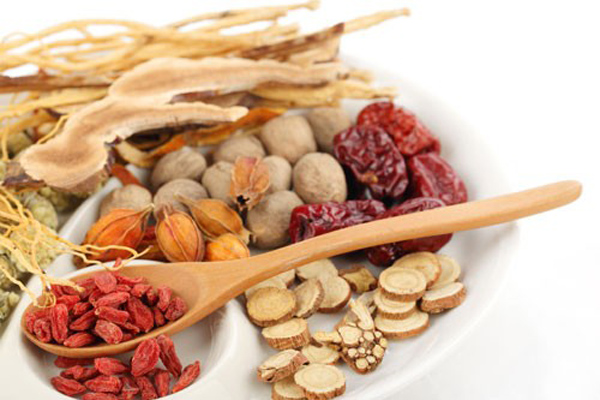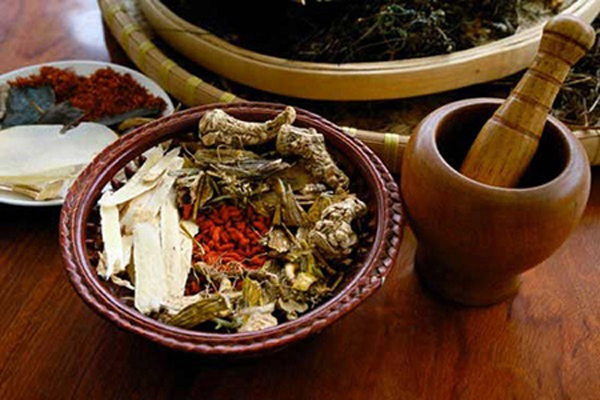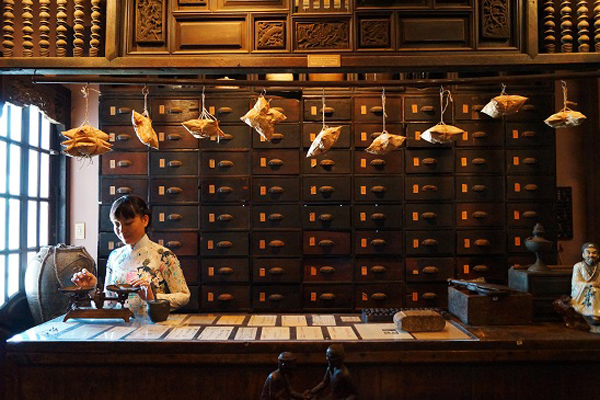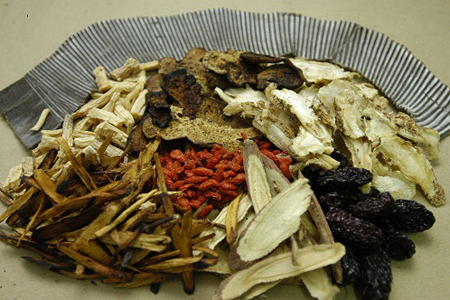Vietnamese Traditional Medicine is different from the allopathic conception of Western medicine and based on the idea that disease is the result of the imbalance of vital energy within certain organs. The art of healing, therefore, consists of fortifying, dispersing, or normalizing the circulation of vital energy in harmony with that of the universe within affected organs, acting on the Yin Yang concord between man and nature.

The Difference between Chinese Herbs & Vietnamese Herbs
There are two schools: using thuốc bắc (Chinese medicinal herbs) or thuốc nam (Vietnamese herbs). The Chinese dating back to 1800 BC, forms a very well articulated system and relies on a large body of medical literature among which are two important works: the Hoàng Đế nội kinh (Classical Therapeutics of the Yellow Emperor), and the Bản thảo cương mục (Thematic Pharmacopoeia). Southern medicine comprises a great number of popular recipes using vegetable and animal resources of Việt Nam.

The Features of Vietnamese Traditional Medicine
The greatest Vietnamese physicians like Tuệ Tĩnh(13th century) and Hải Thượng Lãn Ông (17th century) created a Sino-Vietnamese medicine by combining Northern and Southern. Certain practices do not use drugs: acupuncture, moxibustion, yoga, massage. Many remedies are handed down from generation to generation in families (treatment of fractures, snake bite, rabies, skin diseases). One ancestor of Vietnamese traditional medicine, Tuệ Tĩnh, declared: “Southern medicine suits southern people”.

The diagnosis makes use of three methods: the questioning of the patient (information on his family, his birth, the functioning of his organs); inspection (the tongue, the eyes, the affected organs); and the feeling of the pulse. The latter considered the most important method of diagnosis, supposed to determine the nature and the characters of the disease. Physicians distinguish 12 kinds of pulses, 6 at each wrist. Three deep pulses constitute those of the five viscera (ngũ tạng), three superficial pulses relate to the six annex organs (lục phủ). The physician feels the left pulse with his right hand, and right with left. Our Vietnam tour packages will help you to have a closer look and deeper understanding of Vietnamese traditional medicine.



